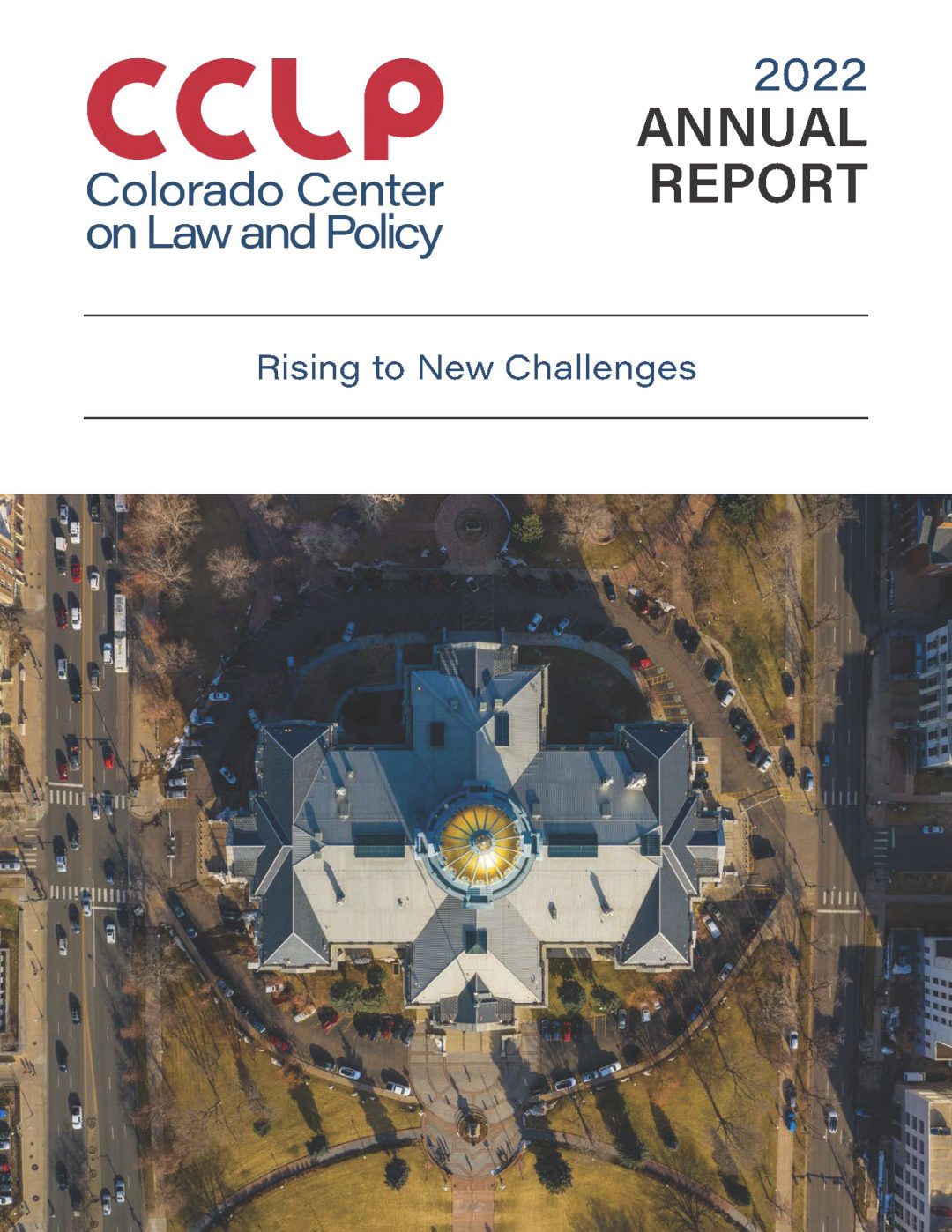View File
Potential cuts in federal funding for programs such as Meals on Wheels and other programs that help frail seniors would not only reduce the quality of life for older Coloradans, but it would also hurt Colorado’s economy.
Meals on Wheels is one aspect of a host of services provided by the Area Agencies on Aging (AAAs) that helps older Coloradans remain independent by providing assistance. The AAAs provide services such as low-cost meals, transportation, chores around the house and legal aid. Without those limited, but basic, services, many older Coloradans would no longer be able to live on their own and would be forced to move into nursing homes at a much greater cost to the state.
If the process of automatic spending cuts known as sequestration comes to pass, that group of services, known collectively as Senior Services, is expected to see an eight percent reduction in spending beginning March 1. That could cut off care to thousands of Colorado seniors who depend on that aid to remain healthy and living independently in their homes.
In the Denver metro area alone, the cuts could equal $735,000. An analysis by the Colorado Center on Law and Policy on the effects of those potential cuts in the Denver metro area found that:
• More than 1,100 seniors could lose services.
• Contractors could be forced to lay off workers, which could contribute to $8.8 million in lost economic activity.
• State spending could increase between $0.9 million and $2.1 million as needy seniors turn to Medicaid for help.
• Ironically, this decrease of federal spending in cost-effective services could well cause federal spending on Medicaid to increase between $1.4 million and $3.0 million.
The Second Regular Session of the 74th General Assembly is well underway!
Learn more about CCLP’s legislative platform for 2024 and the bills we’re most excited to support!









